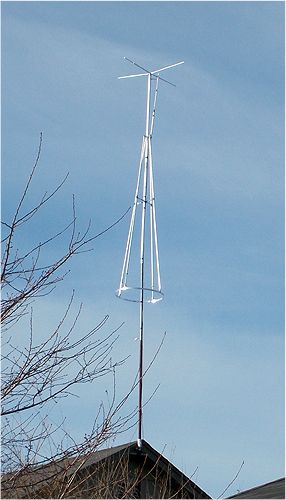i would like your opinion on the performance locally on the NTO verses the old astroplane
Hotrod, I'm waiting on some signal reports from Homer too, but I'm not sure he still has an Old Top One or an original AstroPlane. He might have some notes though.
Here is a link to a signal report video I took during some testing I did in the spring of 2011. I used SSB, so it's a bit harder to determine signals when the signals are close, but maybe you can get some idea from what I experienced with a new Sirio Top One vs. and Old Top One that Copper's use to sell. I don't see a big difference except in RX is better with the NTO.
The old model that looked much like the original also had a full 1/4 wave radiator about 87.5" - 88.5" in the top.
The main thing I noticed in this video is the difference noted in the RX signals and how close the TX signals were with both antennas. But I have to consider that I had my RF gain all the way open too, and I later found out from Bob85, that could account for the similar signals. I also comment in the video about the differences in location effect that might be working with the setup I have here at my base. So, consider these idea in your thinking.
I wish I could do all this stuff over, but it is too late for this old man...that is why I go by Grandpa on the radio and in my videos.
Marconi's New Top One vs. Old Top One with full 1/4 wave radiator #2 - YouTube





